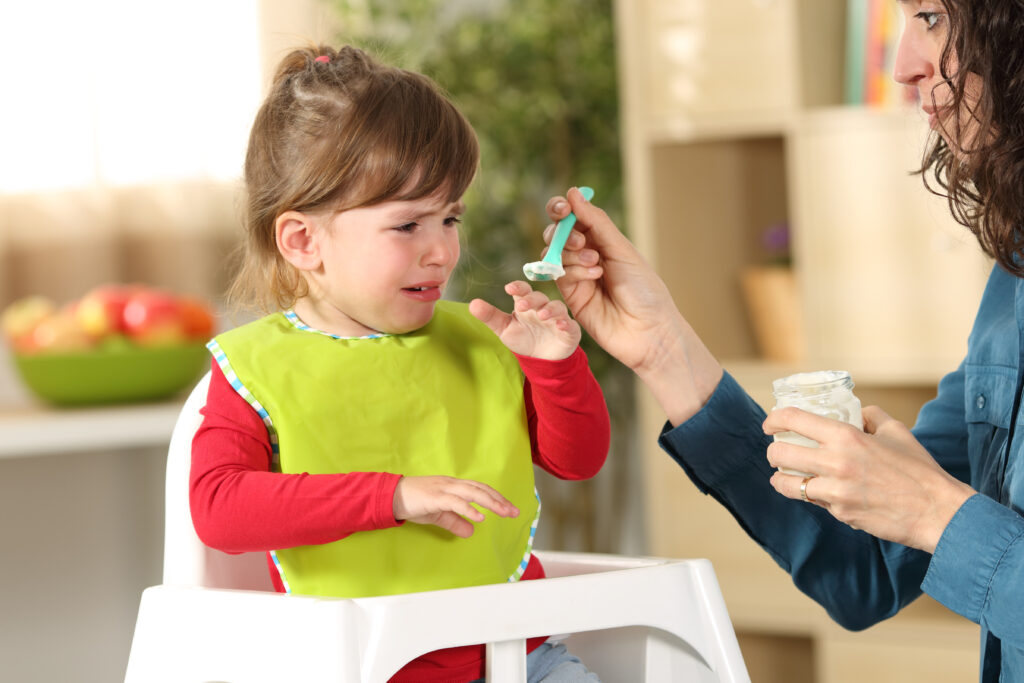Confirming a diagnosis of Cow’s Milk Allergy is the 2nd in this 5-part blog series about Cow’s Milk Allergy in Infancy and is best read following identifying the symptoms of cow’s milk allergy.
Common symptoms of CMA eg. loose stools, pain/colic and reflux frequently occur in babies without CMA. This makes the diagnosis a bit tricky. CMA is more likely when there are at least two significant problems present which impact the baby’s wellbeing, growth or feeding. In the absence of reliable tests, the following diagnostic pathway is used by GP’s, Paediatricians and Paediatric Dietitians in order to confirm (or exclude) a diagnosis of cow’s milk allergy.
- An allergy focused clinical history including questions about family and individual atopy (eczema, asthma, hayfever), infants feeding and growth history, signs and symptoms focused on the gut, skin and respiratory systems, details of previous management.
- If the history is suggestive of Cow’s Milk Allergy, determination of whether symptoms are likely to be IgE (immediate) or non-IgE (delayed) and referral for allergy tests if IgE suspected. The severity and timing of reactions being important. A 2-4 week trial of a strict cow’s milk exclusion diet with suitable formula, or maternal avoidance if breast feeding, with advice on supplementation of 1000mg Calcium + 10ug Vitamin D.
- Resolution of symptoms during the exclusion followed by obvious and confirmed relapse on re-introduction (formula or maternal consumption if breast-feeding) confirms the diagnosis.
- A diagnosis can only be made following a planned reintroduction of cow’s milk, which has resulted in the relapse of symptoms, mostly commonly in in 4 out of 5 infants following this diagnostic pathway.
Confirming a diagnosis of cow’s milk allergy in a timely manners and ensuring the most appropriate treatment and support is important for a variety of reasons. For non-IgE CMA (delayed reactions) – gut symptoms resolve, pooh habits improve, tummy’s are more comfortable, eczema improves, feed volumes increase, infants are happier feeding, positive associations with feeding are made. All of which support growth & feeding development, which in turn makes the next steps in feeding ie. weaning to solids, run much more smoothly. Sleep is improved for all and parents anxiety is reduced – mostly! So, just a few things then! Timely treatment also reduces risks to the baby of developing other food allergies, which are related to the presence of atopic conditions such as infant eczema.
Non-IgE Cow’s Milk Allergy is the first and most common food allergy to develop, affecting around 5% of infants in the UK, both in exclusively breast-fed and bottle-fed babies, and usually treated by the GP. A diagnosis can be made anytime during the first year, and will depend on the severity of symptoms, other co-exisiting conditions eg. eczema and feeding or growth related difficulties.
Next Treatment options for Cow’s Milk Allergy







